We've come a long way in the diagnosis, treatment, and prevention of cancer. The exciting discoveries of the past year mean more lives will be saved from cancer than ever before.
Advances in immunotherapy
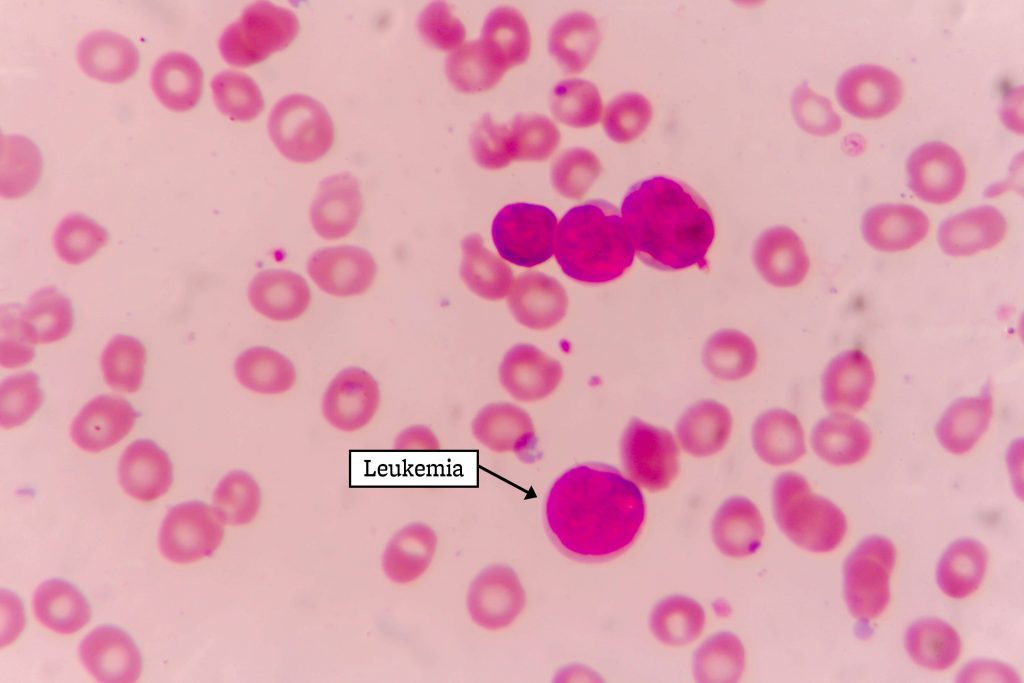 PLENTY M/SHUTTERSTOCK
PLENTY M/SHUTTERSTOCK
Among the
completely reassuring things scientists wish you knew about cancer is the research that's being done to eradicate the disease, in which abnormal cells multiply and take over in the body. Last year there were
over 1,685,000 cases of cancer diagnosed, and nearly 600,000 people died. Standard therapies so far are surgery, radiation to kill the cells, and chemotherapy, which alters the DNA of cancer cells to stop them from reproducing. But radiation and chemo damage healthy cells too, so researchers have been looking for better treatments. New immunotherapy drugs use the patient's own immune cells to attack cancer. Stephen Hunger, MD, chief of the Division of Oncology, chief of the Division of Pediatric Oncology, and director of the Center for Childhood Cancer Research at Children's Hospital of Philadelphia, tells us about two of the exciting immunotherapy treatments approved this year: "Inotuzumab uses an antibody to recognize leukemia cells and deliver a toxin selectively to these cells, thereby killing them with many fewer side effects than seen with standard chemotherapy drugs," Dr. Hunger says. Another effective new therapy is a drug called blinatumomab. "This drug essentially acts as a link to bring T-cells into contact with malignant B-cells, enabling them to kill the leukemia cells," he says.
First-ever gene therapy
 TEWAN BANDITRUKKANKA/SHUTTERSTOCK
TEWAN BANDITRUKKANKA/SHUTTERSTOCK
The biggest cancer breakthrough of the year is the
FDA approval of the first gene therapy drug, developed at CHOP and the University of Pennsylvania to treat young people with acute lymphoblastic leukemia (ALL) when all other treatments have failed. "
CAR T-cell therapyinvolves removing healthy T-cells from a patient's body and genetically modifying them," Dr. Hunger says. After they've been reprogrammed to identify cancer, "these cells are then re-infused into the patient, and they travel throughout the body and find the [cancer] cells, attack, and kill them." The T-cells also reproduce to work long-term. Dr. Hunger calls the results "remarkably effective:" In
clinical trials, 83 percent of patients went into remission within three months, with about half remaining healthy two years later. "This is also quite remarkable, as less than ten to 20 percent of children with relapsed or refractory ALL are
alive after two years with standard therapies," Dr. Hunger says. There are some side effects such as high fevers, so more work needs to be done. "New efforts are directed to understanding how physicians can integrate this into the 'toolbox' of therapies they use for children, adolescents, and young adults with ALL," he says.
More gene therapies
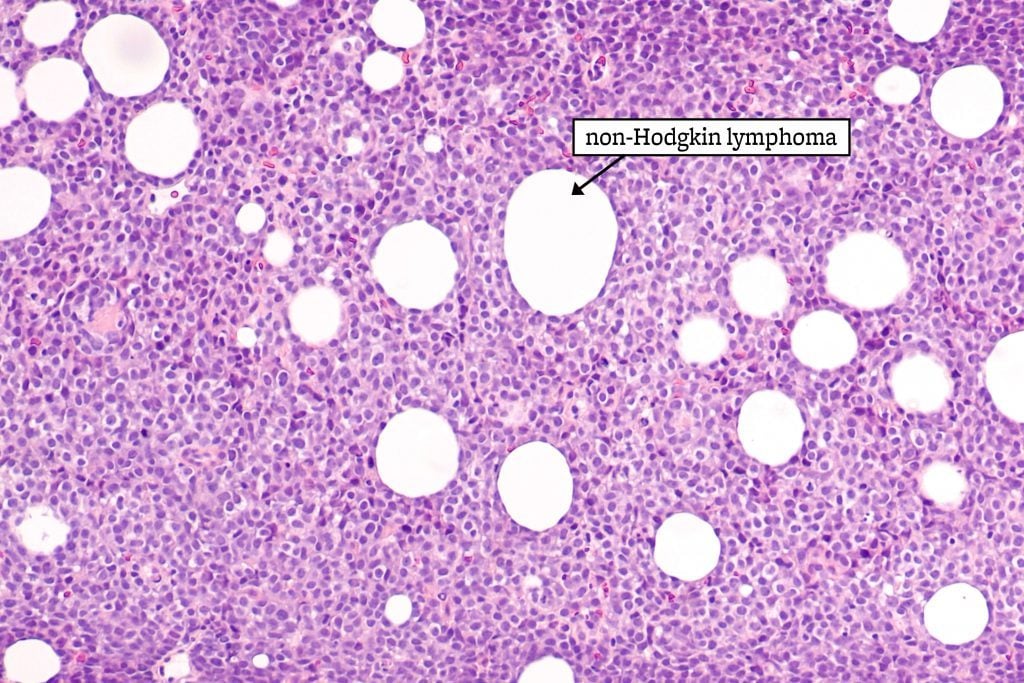 DAVID LITMAN/SHUTTERSTOCK
DAVID LITMAN/SHUTTERSTOCK
While some are fighting to end pediatric cancer, other doctors are working for older victims of the disease as well. Swift on the heels of the first gene therapy drug for leukemia sufferers came an
FDA approval of the first for adults as well, specifically those with non-Hodgkin lymphoma. The treatment works the same way, with T-cells removed and pumped up with cancer-fighting "chimeric antigen receptors" (CARs) to locate, latch onto, and destroy cancer cells, while reproducing in the body to continue to their attack. "Treating patients with CAR T-cells has been one of my most exciting professional experiences, and the FDA approval of this therapy offers hope and optimism to a subset of patients whose other treatments have failed them," says Caron A. Jacobson, MD, medical director of the Immune Effector Cell Therapy Program at the Dana-Farber/Brigham and Women's Cancer Center. "It is extremely rewarding to be able to offer a new therapy to patients who had virtually no other options just 12 to 24 months ago." Now that CAR T-cell therapy has been shown to work on blood cancers like leukemia and lymphoma, researchers will be looking into how they can fight the solid tumors of other cancers.
A Fitbit for cancer
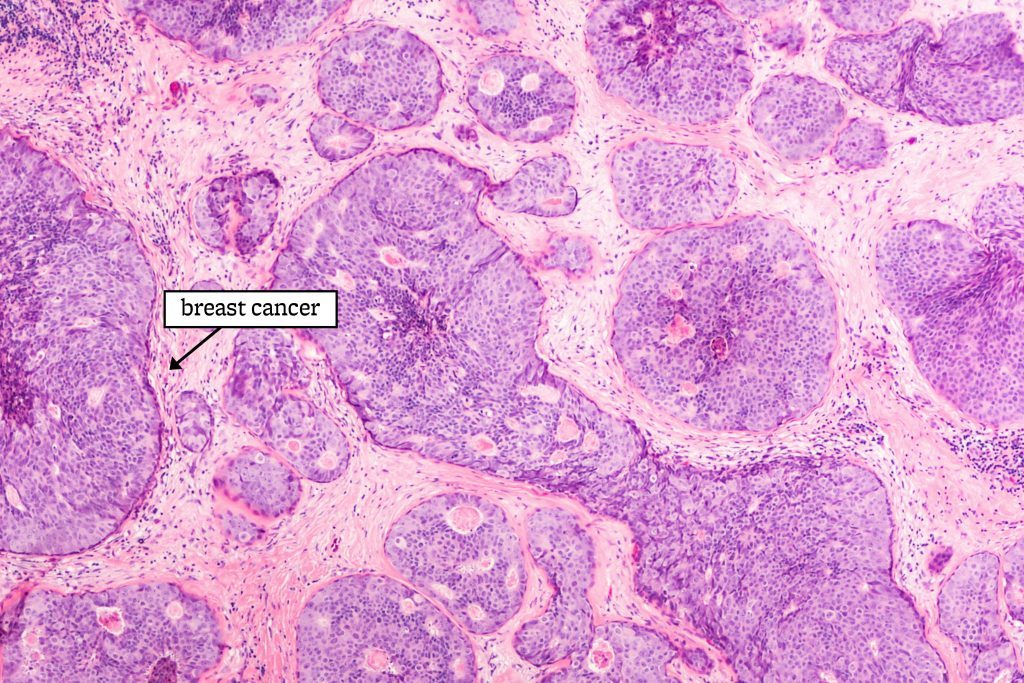 DAVID LITMAN/SHUTTERSTOCK
DAVID LITMAN/SHUTTERSTOCK
If you thought all your fitness tracker knew was these
9 surprising things about you, check out the latest gadgets for detecting and tracking cancer. Optical imaging using light to see inside the body, like a Fitbit does, may be helpful in seeing how breast cancer patients are responding to chemotherapy. Well before MRI or ultrasound can visualize a tumor shrinking, a handheld device developed at Boston University uses near-infrared light to measure changes in the tumor's blood supply and metabolism. If the chemo's not working, doctors can make changes much earlier, which would save patients time and nasty side effects. "We started to think, 'Wow, there's probably a lot of biology happening during treatment that hasn't been studied because the tools haven't been available to measure patients at the right time points,'" researcher Darren Roblyer, PhD, told the
American Cancer Society. He's also developing a
wearable device that would fit over the breast to give continual measurements. Other advancements in optical imaging are emerging as well, such as
this probe that uses light to tell surgeons whether they've removed all the cancer cells during surgery.
New cancer research sharing
Everyone should know
these hopeful cancer statistics—and cloud sharing may help doctors know more cancer data, too. According to policymakers at the
National Cancer Institute, a major driving force of new breakthroughs is shared information, which can best happen through a new cloud-based data sharing center. To that end, the University of Chicago, along with other institutions, is setting up protected cancer research networks that allow collaboration while still keeping health data secure. "We can store our data in a HIPAA-protected environment and share it with collaborators across the continent and around the world," co-principal investigator Olufunmilayo I. Olopade, MD, the Walter L. Palmer Distinguished Service Professor of Medicine and Human Genetics, said in a
press release. "I think it will be absolutely revolutionary for how physicians do research."
Colorectal cancer wake-up call
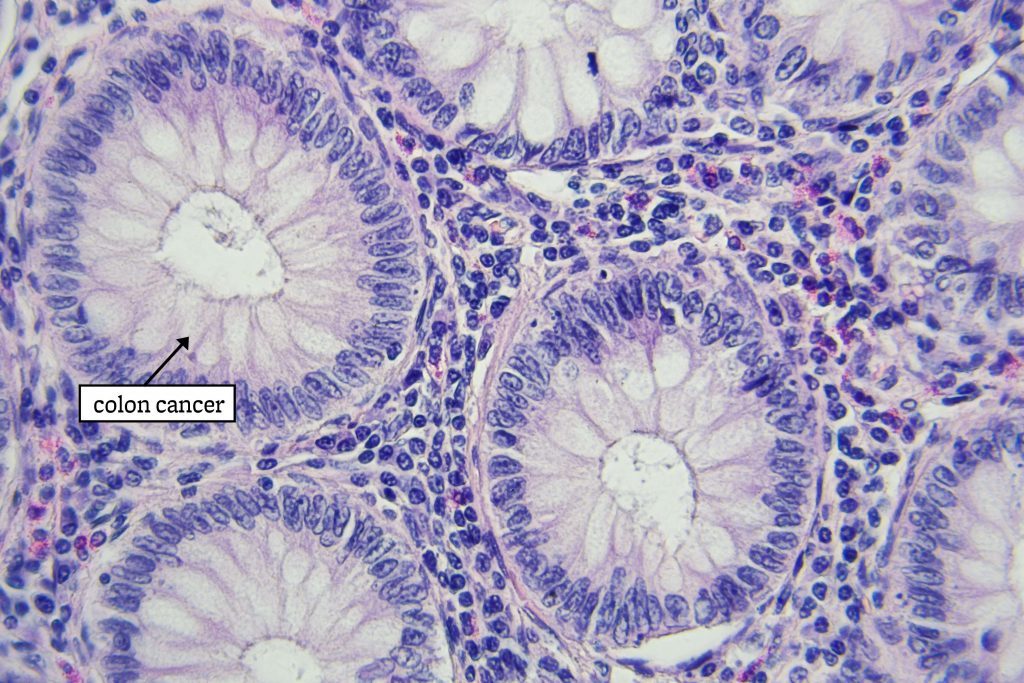 LUKASZ PAWEL SZCZEPANSKI./SHUTTERSTOCK
LUKASZ PAWEL SZCZEPANSKI./SHUTTERSTOCK
Don't think that because you're under 50, you're immune to the disease. A disturbing increase in rates of colorectal cancers among younger adults was discovered this year in a
study led by the American Cancer Society. According to the research, those born in 1990 have double the risk of colon cancer and four times the risk of rectal cancer as those born in 1950. Although rates of these cancers are declining overall due to better screening among older adults, the increase among younger ones is disturbing. "Trends in young people are a bellwether for the future disease burden," lead researcher Rebecca Siegel, MPH, said in a
press release. "Educational campaigns are needed to alert clinicians and the general public about this increase to help reduce delays in diagnosis, which are so prevalent in young people, but also to encourage healthier eating and more active lifestyles to try to reverse this trend." Although the reason for this rise isn't yet known, the silver lining is that this knowledge may be a wake-up call for doctors and patients, and could lead to earlier diagnosis. Watch out for the
silent symptoms of colon cancer you might be missing.
The gut's role in cancer
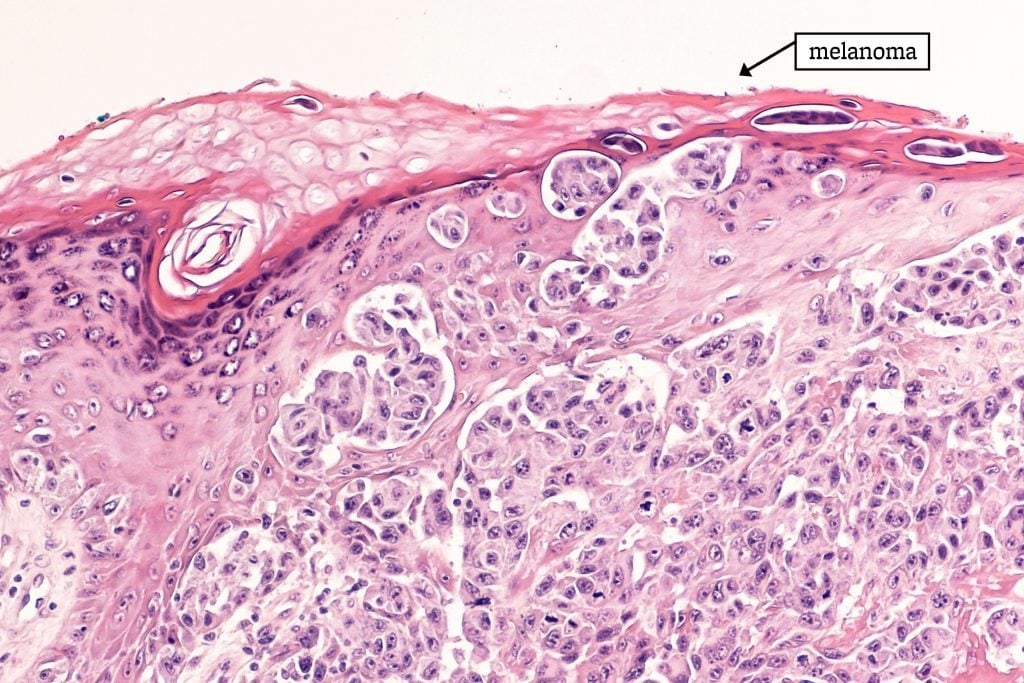 DAVID LITMAN/SHUTTERSTOCK
DAVID LITMAN/SHUTTERSTOCK
One way
a healthy gut microbiome could add years to your life is by moderating your response to immunotherapy treatment for cancer. A
study by researchers at the University of Texas MD Anderson Cancer Center found that patients with stage-four melanoma treated with a certain immunotherapy had better results with a more diverse group of "good" bacteria in their digestive system, called the microbiome. Because these good bacteria influence your immune response to threats, a healthier microbiome could mean a better response to treatments that use a patient's immune system to fight cancer. And the best news? Your microbiome can adapt to lifestyle modifications like diet, exercise, and probiotic use. "You can change your microbiome, it's really not that difficult, so we think these findings open up huge new opportunities," says study leader Jennifer Wargo, MD, associate professor of Surgical Oncology and Genomic Medicine.
Genetic testing on cancer
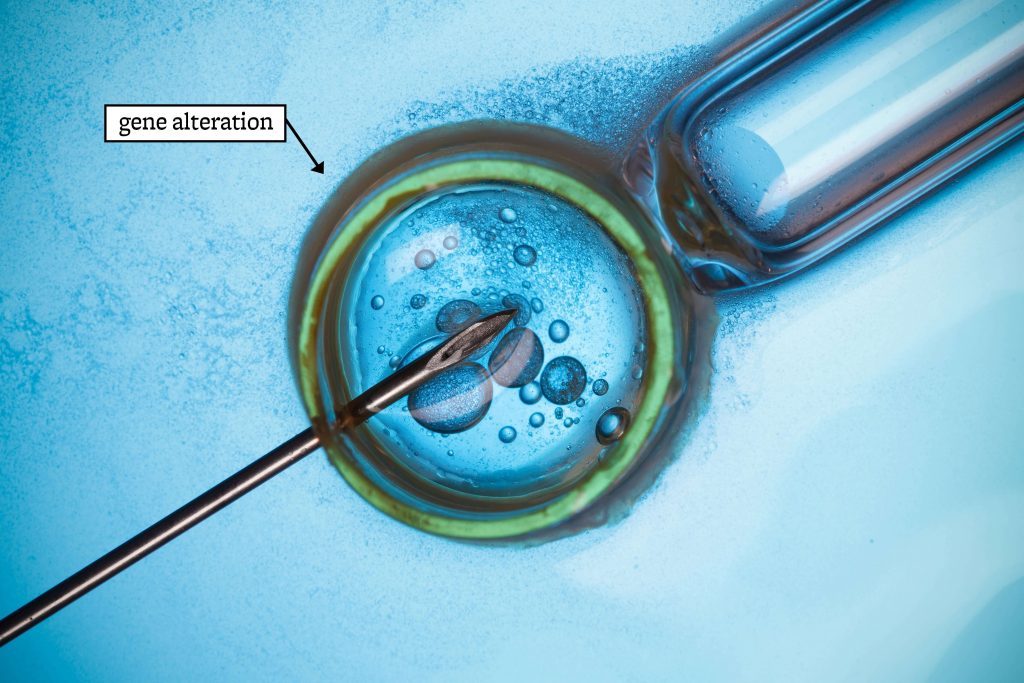 NEVODKA/SHUTTERSTOCK
NEVODKA/SHUTTERSTOCK
You've probably heard of the BRCA gene for breast and ovarian cancer (learn about why
these women are grateful for their BRCA diagnosis). But, the future of cancer diagnosis and treatment will likely involve screening patients for many other genetic alterations. Part of an initiative called
precision medicine, this approach looks at each individual to see how he or she can best be treated. Recent advances in this area include the first extensive
FDA-approvedtest to detect hundreds of biomarkers in cancer patients' tumors, which can help doctors quickly know how to attack the disease. In other news, researchers have discovered the survival rate of deadly pancreatic cancer is linked to alterations in four genes. "The research helps us to understand how the molecular features of pancreatic cancer impact prognosis on an individual level and gives us more facts to guide patients, and importantly, to design future research studies," study co-author Aram Hezel, MD, a gastrointestinal cancer expert and chief of the Division of Hematology/Oncology at the University of Rochester Medical Center's Wilmot Cancer Institute, said in a
press release.
CONTENT CONTINUES BELOW AD
Sugar and cancer
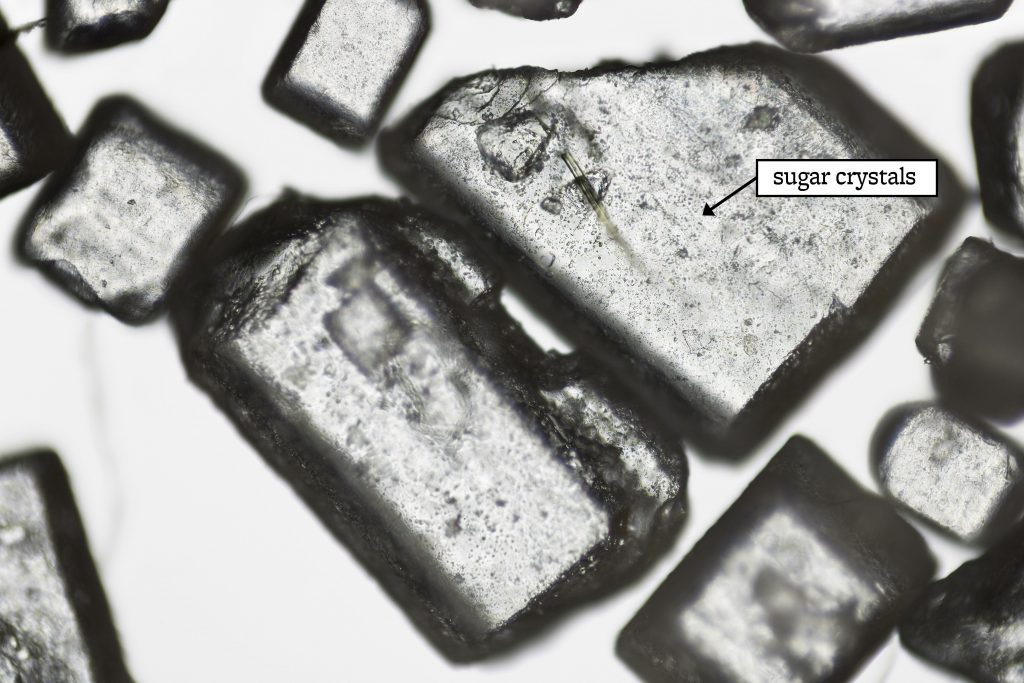 FOTOZICK/SHUTTERSTOCK
FOTOZICK/SHUTTERSTOCK
Could cutting out sugar lead to a reduction in your cancer risk? New research says it's possible. (Find out
what else happens to your body when you stop eating sugar.) For decades, researchers have known that cancer cells use a much higher amount of glucose to fuel their growth than normal cells. Called the Warburg effect, scientists weren't sure if the abnormal way the cells use sugar caused the cancer or was a result of it. But this year, in Belgium released the
results of a nine-year project that found that sugar "awakens" cancer cells, leading to a vicious cycle of growth. Although it's been proposed for years that denying the cancer cells sugar could "starve" and kill them, this clarification of the link between sugar and cancer could lead to ways to actually make this happen without starving healthy cells, too. Some are already on the horizon:
Researchers at the University of Colorado have found a way to shut down cancer cells' ability to gobble up the glucose by switching off certain genes they need to do so.
Personalized cancer vaccine
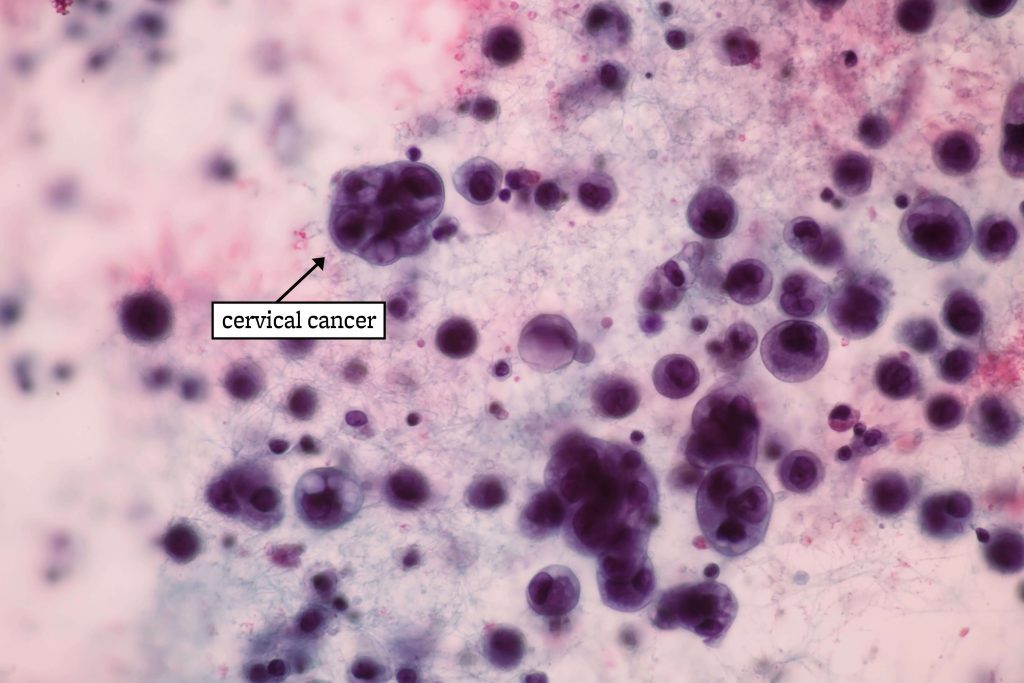 KOMSAN LOONPROM/SHUTTERSTOCK
KOMSAN LOONPROM/SHUTTERSTOCK
One of the
simple ways you can prevent cancer is by getting the HPV vaccine to prevent cervical cancer. But other vaccine treatments are on the horizon, too—and in this case, they're targeted for an individual cancer patient's tumor. In a pilot
study at the Dana-Farber Cancer Institute and the Broad Institute of MIT and Harvard, the first successful personalized cancer vaccine was used to successfully treat six melanoma patients. The researchers sequenced each tumor's DNA to look for mutated antigens, or neoantigens, for immune cells to attack. The vaccine trained the immune cells how to identify the cells to destroy. "We've long recognized in cancer that every patient's tumor is different," said Catherine J. Wu, MD, physician-researcher at Dana-Farber Cancer Institute. "With recent advances in technology, it's now becoming possible to create a therapy that's suited to target an individual's tumor. We provided proof-of-principle that a personal vaccine tailored to a patient's tumor can be produced and generates highly specific responses to that patient's tumor after vaccination." More research is needed, but the breakthrough is promising.
Almost half of cancer deaths are preventable
 SHEBEKO/SHUTTERSTOCK
SHEBEKO/SHUTTERSTOCK
A new
study from the American Cancer Society estimates that a whopping 45 percent of cancers are preventable. The analysis looked at available data for 26 cancer types and risk factors including cigarette smoking, excess body weight, alcohol use, consumption of red and processed meat, low consumption of fruits and vegetables, dietary fiber, and physical inactivity. Forty-two percent of all cases and 45 percent of cancer deaths were attributable to those factors. This could affect a huge number of the nearly
40 percent of men and women who'll be diagnosed with cancer in their life. "Our findings emphasize the continued need for widespread implementation of known preventive measures in the country to reduce the morbidity and premature mortality from cancers associated with potentially modifiable risk factors," the authors wrote. Don't miss these
additional ways you can cut your cancer risk, according to science.
 PLENTY M/SHUTTERSTOCK
PLENTY M/SHUTTERSTOCK TEWAN BANDITRUKKANKA/SHUTTERSTOCK
TEWAN BANDITRUKKANKA/SHUTTERSTOCK DAVID LITMAN/SHUTTERSTOCK
DAVID LITMAN/SHUTTERSTOCK DAVID LITMAN/SHUTTERSTOCK
DAVID LITMAN/SHUTTERSTOCK LUKASZ PAWEL SZCZEPANSKI./SHUTTERSTOCK
LUKASZ PAWEL SZCZEPANSKI./SHUTTERSTOCK DAVID LITMAN/SHUTTERSTOCK
DAVID LITMAN/SHUTTERSTOCK NEVODKA/SHUTTERSTOCK
NEVODKA/SHUTTERSTOCK FOTOZICK/SHUTTERSTOCK
FOTOZICK/SHUTTERSTOCK KOMSAN LOONPROM/SHUTTERSTOCK
KOMSAN LOONPROM/SHUTTERSTOCK SHEBEKO/SHUTTERSTOCK
SHEBEKO/SHUTTERSTOCK
Comments
Post a Comment